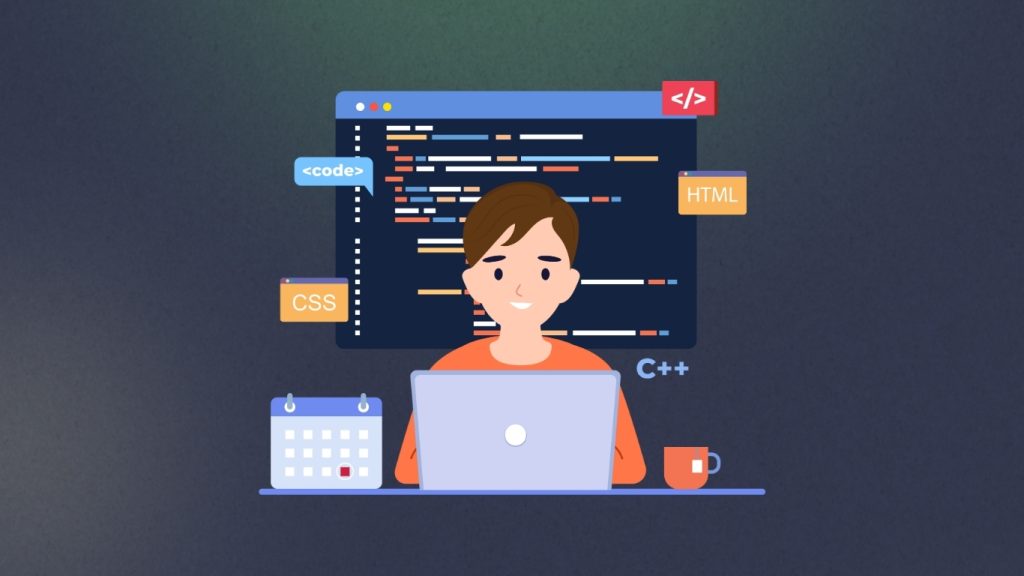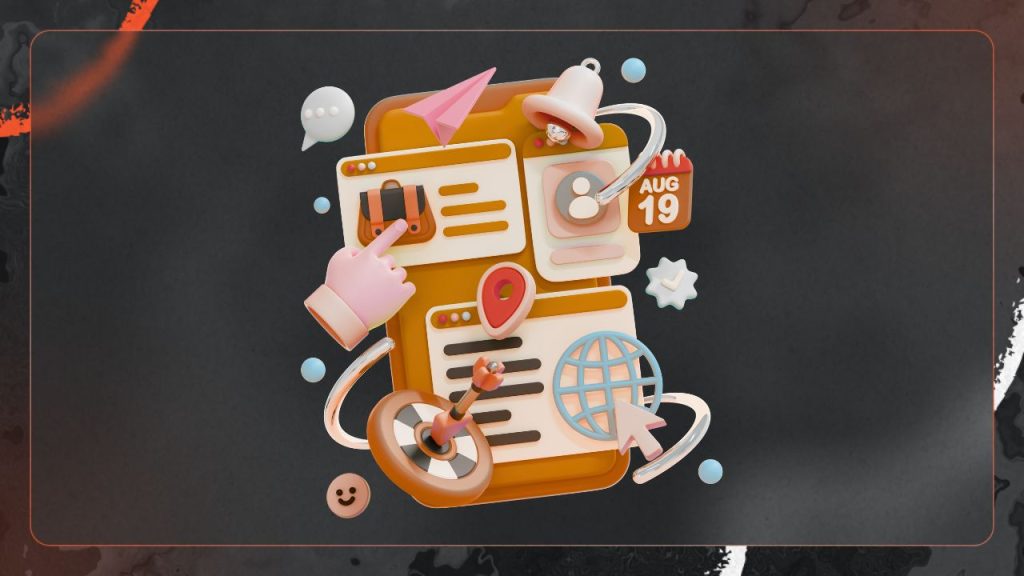
Let’s be real, bad code can be a nightmare. It leads to buggy websites, frustrated users, and a maintenance headache for developers. Whether you’re building a small landing page or a complex web application, following the best coding practices ensures clean, scalable, and high-performing code. So, what exactly makes code “good”? It’s all about structure, readability, security, and efficiency. In this guide, we’ll break down the best coding practices for web developers that will help you write better, maintainable, and error-free code.
1. Write Clean and Readable Code
If another developer (or future-you) looks at your code, will it make sense? Writing clean code isn’t just about making things look pretty, it directly affects maintainability and debugging.
Use Meaningful Variable Names
Bad example:
let x = 10;
let y = 20;
Good example:
let userAge = 10;
let maxLoginAttempts = 20;
A good variable name tells you exactly what the data represents, making your code easier to read.
Follow Consistent Formatting
Pick a coding style and stick to it. Use consistent indentation, spacing, and line breaks. Tools like Prettier and ESLint can automate this for you.
2. Keep Your Code DRY (Don’t Repeat Yourself)
Repetitive code is a recipe for disaster. If you find yourself copying and pasting chunks of code, it’s time to refactor.
Use Functions for Reusable Code
Instead of repeating code, wrap it in a function.
Bad example:
console.log(“Welcome, John”);
console.log(“Welcome, Sarah”);
console.log(“Welcome, Alex”);
Good example:
function greetUser(name) {
console.log(`Welcome, ${name}`);
}
greetUser(“John”);
greetUser(“Sarah”);
greetUser(“Alex”);
This way, you only write the greeting logic once and reuse it as needed.
3. Optimize Performance

Web performance matters. A slow website frustrates users and hurts SEO rankings. Here’s how you can keep your code efficient.
Minimize HTTP Requests
Each request (images, scripts, stylesheets) slows down load times. Use techniques like:
- Combining CSS and JavaScript files.
- Using image sprites.
- Enabling lazy loading for images.
Reduce Unnecessary Loops
Loops are necessary but can slow down performance if not optimized.
Bad example:
for(let i = 0; i < users.length; i++) { console.log(users[i]); }
Good example:
users.forEach(user => console.log(user));
The .forEach() method makes the code cleaner and runs more efficiently.
4. Use Version Control (Git)

If you’re not using Git yet, start now. Version control helps you track changes, collaborate with teams, and roll back code if something breaks.
Best Git Practices
- Commit small, meaningful changes.
- Write clear commit messages (e.g., “Fixed login bug” instead of “updated file”).
- Use branches for different features and bug fixes.
5. Secure Your Code
Security is non-negotiable. A single vulnerability can expose user data and damage a company’s reputation.
Sanitize User Input
Never trust user input—always validate and sanitize it to prevent SQL injection and XSS attacks.
Bad example:
let username = req.query.username;
let query = `SELECT * FROM users WHERE username = ‘${username}’`;
Good example:
let username = req.query.username;
let query = `SELECT * FROM users WHERE username = ?`;
db.query(query, [username]);
Using parameterized queries prevents SQL injection.
Use HTTPS
Ensure your website uses HTTPS to encrypt data transmissions and protect user information.
6. Test Your Code Regularly
Bugs happen, but testing reduces their impact.
Types of Testing to Consider
- Unit Testing – Test individual functions.
- Integration Testing – Ensure different components work together.
- End-to-End Testing – Simulate real user interactions.
Automated testing tools like Jest, Mocha, and Selenium can save time and catch issues early.
7. Keep Learning and Improving
Web development is always evolving. Stay updated with the latest frameworks, best practices, and industry trends.
Ways to Stay Updated
- Follow blogs like Smashing Magazine, CSS-Tricks, and MDN Web Docs.
- Participate in coding communities (GitHub, Stack Overflow, Dev.to).
- Keep experimenting and building projects.
Conclusion: Write Code Like a Pro
The best developers aren’t the ones who write the most code, they’re the ones who write the best code. By following these best coding practices, you’ll create cleaner, faster, and more secure web applications.
Published: March 28, 2025








